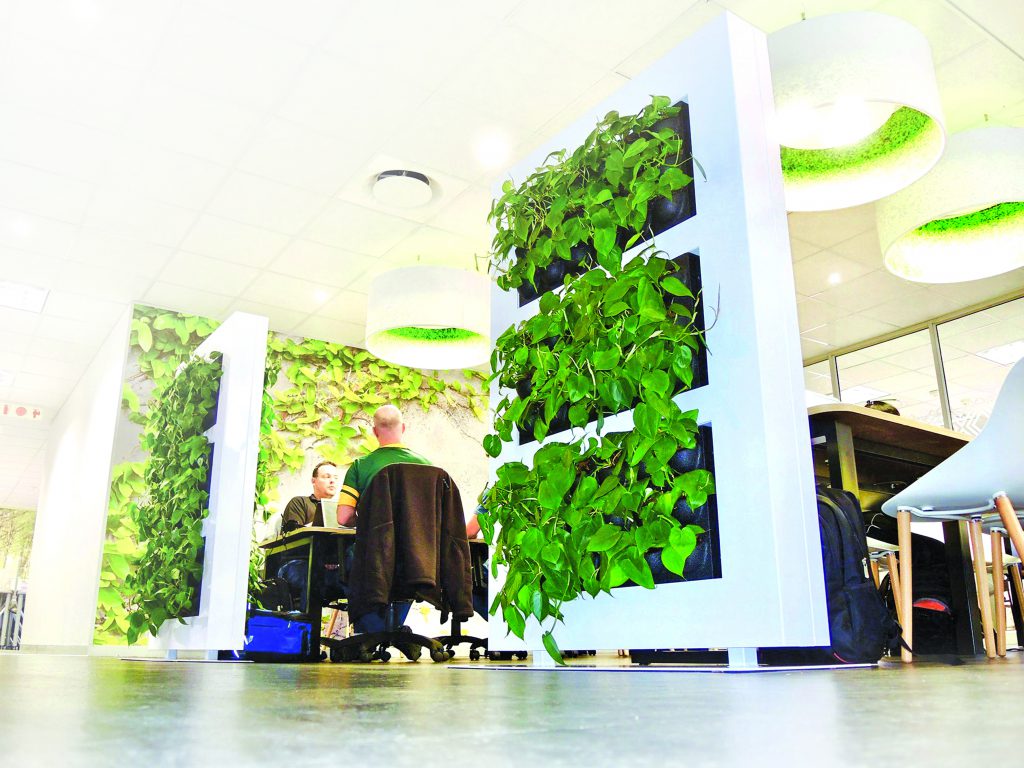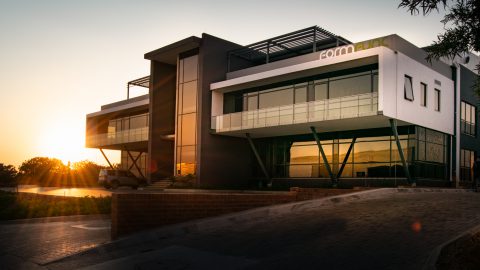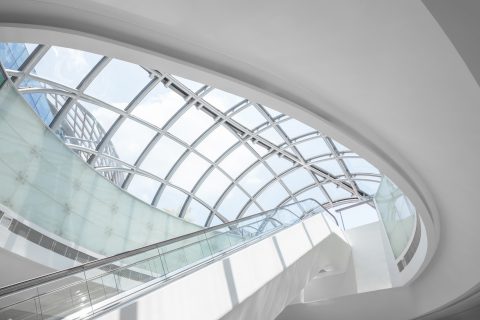Sunday Times Green
Retrofitting For Green
From houses to office blocks, there are many ways to adapt old buildings — that weren’t designed with sustainability in mind — to improve their environmental footprint.
“Going green is not only the right thing to do; it also enables environmental transformation and significant social gains,” says Grahame Cruickshanks, managing executive: market engagement at the Green Building Council South Africa (GBCSA). “It also accelerates property values, reduces operational costs and unlocks higher rental. Partly because a green interior gives tenants the chance to provide a more comfortable, healthier and productive space for occupants.”
Cruickshanks states that renovation options such as better insulation; green roofs; efficient heating; cooling; water systems; distributed energy and storage; and advanced automation are just part of a mosaic of separate solutions that cumulatively make a big difference. Collectively, these measures can combine to make a building “net zero”, meaning that it produces as much energy as it uses in a year.
Solutions can be simple or complex and highly technical. For example, insulation, one of the most practical and cost-effective ways to make buildings more energy-efficient, is not a new concept. “The traditional thatch roof homes that dot South Africa’s rural countryside or the turf roofs, some hundreds of years old, found in villages and farms in northern Europe prove that. Used effectively, insulation can dramatically reduce 60 per cent of wasted energy in home heating or cooling, as it prevents infiltration,” says Cruickshanks.
Small Things
Changes don’t have to mean raising the roof. Adding plants to an environment is as practical as it is aesthetically pleasing. According to Nathalie Leblond, category manager at Rentokil Initial, indoor plants have a direct impact on improving the interior environment and, as a result, should be carefully considered by architects, designers and those in the construction field who would like their projects to be green-rated.
Leblond says: “Indoor plants have been proven to improve the quality of the indoor air by filtering out volatile organic compounds (VOCs), which are thought to lead directly to a number of chronic complaints including asthma and headaches.”
Additionally, plants can reverse some of the toxicity caused by pollutants by absorbing and degrading VOCs, carbon dioxide CO2, nitrogen and sulphur oxides. “Studies on how plants improve air quality need to be taken seriously by designers as they show a direct correlation between indoor plants, air quality, a healthy environment and productivity,” emphasises Leblond.
Beyond the industrial and commercial sector, the trend is catching on in residential projects, with homeowners exploring how to make their properties greener. “The increasing cost parity of installing solar panels, self-generating the electricity required by the building, and possibly also storing access power in battery packs, when compared to increasingly expensive, and carbon-intensive municipal electricity, is convincing significant numbers of property owners to make the switch,” says Cruickshanks. Popular water-saving measures include low-flow taps; reduced water pressure within buildings; rain-water collection for irrigation; and water-wise landscaping.
Nomamfengu Mbele, junior green building consultant at consultancy SolidGreen, points to an emerging trend towards green neighbourhoods. Mbele says: “This is where we observe sustainability being implemented in the public realm. The approach looks into how, at a wide scale, developments can improve the use of natural resources through water-sensitive urban design, energy-efficiency public lighting, and sustainable waste removal practices.”
Key Factors To Consider When Retrofitting A Commercial Building:
- What is the environmental impact?
- What level of increased convenience is to be experienced by the tenants, specifically, how this translates into monthly operational cost-savings, and increased productivity of staff?
- How do the retrofits accelerate property value and tenant retention?
Source: GBCSA






 Sign-up and receive the Business Media MAGS newsletter OR SA Mining newsletter straight to your inbox.
Sign-up and receive the Business Media MAGS newsletter OR SA Mining newsletter straight to your inbox.